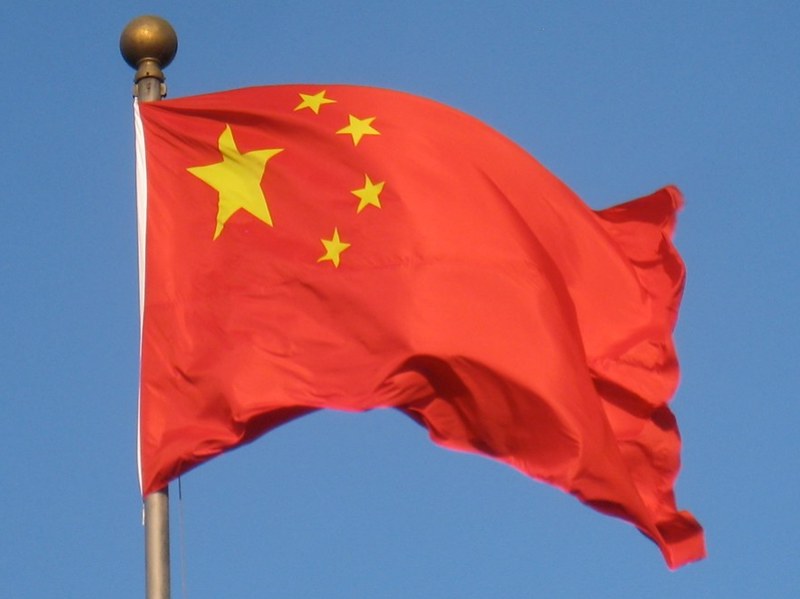Ni hao(你好) everyone! Today let’s talk about Chinese.
WHY CHINESE?
Chinese counts 1.2 billion speakers. That accounts for almost 16% of the world’s population. China has a huge geographical expanse. There are Chinese speakers also in Singapore and Taiwan. The country is experiencing an overwhelming growth and its popularity keeps on increasing, even post pandemic. Also the number of internet users, which is increasing every year. Translating and localizing your content for the Chinese market may not be the simplest task to work on, but it may be worth it.
HERE’S WHY
1. China says it now has nearly 1 billion internet users. The number rose exponentially by the end of last year, with more than 80 million going online during the coronavirus pandemic. Furthermore China has ranked, for the 8th year in a row, the world’s largest online retail market. This data alone shows how investing in translating and localizing your content for the Chinese market could have a great ROI.
2. China has one of the most intricated, deep and special cultures in the world. There are customs, traditions, values and the language is a key component of the Chinese’s cultural expression. Communicating with your target audience in its own language can have several benefits. In fact you’ll be able to create a deeper connection and to appear more credible in the eyes of your potential customers.
3. Chinese is the most spoken language in the World. This alone should make you realize the opportunity!
A BIT OF HISTORY
Chinese is the oldest written language in the world. It has at least 6.000 years of history. It belongs to the Sino-Tibetan language family, a group of languages that descends from Proto-Sino-tibetan. The Chinese language uses symbols or characters to represent each word of its vocabulary. These symbols, although the written system changed several times due to political changes and revolutions, remained basically the same. Many Chinese dialects exist but the written language is a common standard form of communication. This means that even if people might not understand each other verbally, they can understand each other writing.
INTERESTING FACTS
1. There are several dialects in China. Generally Chinese is divided in seven regional groups:
Mandarin –> northern half of China and the southwest
Wu –> Jiangsu and Zhejiang, e.g., Shanghai and Suzhou dialects
Gan –> Jiangxi and surrounding areas
Xiang –> Hunan
Min –> mainly Fujian, Hainan and Taiwan
Yue –> mainly Guangdong and eastern Guangxi, e.g., Cantonese
Hakka –> or Kejia, scattered in many parts of southern China with largest concentrations in a region covering northeast Guangdong, southern Jiangxi and western Fujian.
2. The written language has 3 forms:
Simplified –> These characters are simpler, meaning that their design has less strokes than traditional characters. Chinese primarily uses these characters. They have existed for hundreds of years but they only became acceptable during the 1950s, after the founding of the People’s Republic of China.
Traditional –> Traditional or classical Chinese characters is taught and used in Hong Kong, Taiwan, Japan, Korea, Malaysia etc.
Informal Slang –> Cantonese speakers have developed this form of slang, characters that are used in addition to traditional Chinese. They are used to sound out the Cantonese dialect.
3. There is no Chinese alphabet.
Instead, Chinese consists in thousands of characters. It can be transcribed into Roman characters by using pinyin.
To learn more about Chinese translations and about us, get in touch!

